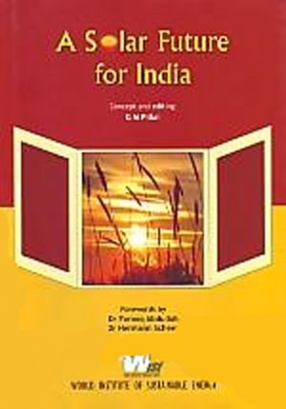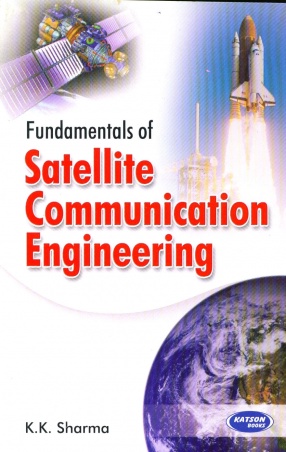Economic development comes at a cost and environmental degradation is the heaviest price one has to pay for sustaining high growth. For example, Asia is the fastest growing region in the world and at the same time six of the world's most polluted cities are in Asia with the region generating a third of the world's carbon dioxide emissions.
Further, energy consumption worldwide increasing day by day. For example, in the last 40 years, energy consumption amounted to more than two times the entire energy consumption in the history of human civilisation. With this kind of energy consumption, fossil fuel used to generate energy will soon exhaust. It is in light of these grim facts we have to view alternate energy resources.
One entire chapter is devoted to the economics of solar power, which gives full details of cost components of the three types of solar power (photovoltaic power, concentrating photovoltaic power, and concentrating solar thermal power). Authors will convince the readers that the cost of solar power in future could move in only one direction i.e. southwards.
In one of the chapters titled 'The national solar energy mission,' a critical evaluation has been done of the National Solar Mission. A chapter on technical challenges of grid-tied photovoltaic systems clearly brings out the challenges encountered in grid-tied SPV systems.
On the whole, the book provides insights into issues relating to grid-connected solar power, off-grid applications of solar power, solar energy development in India, and future of solar energy in the country.





There are no reviews yet.